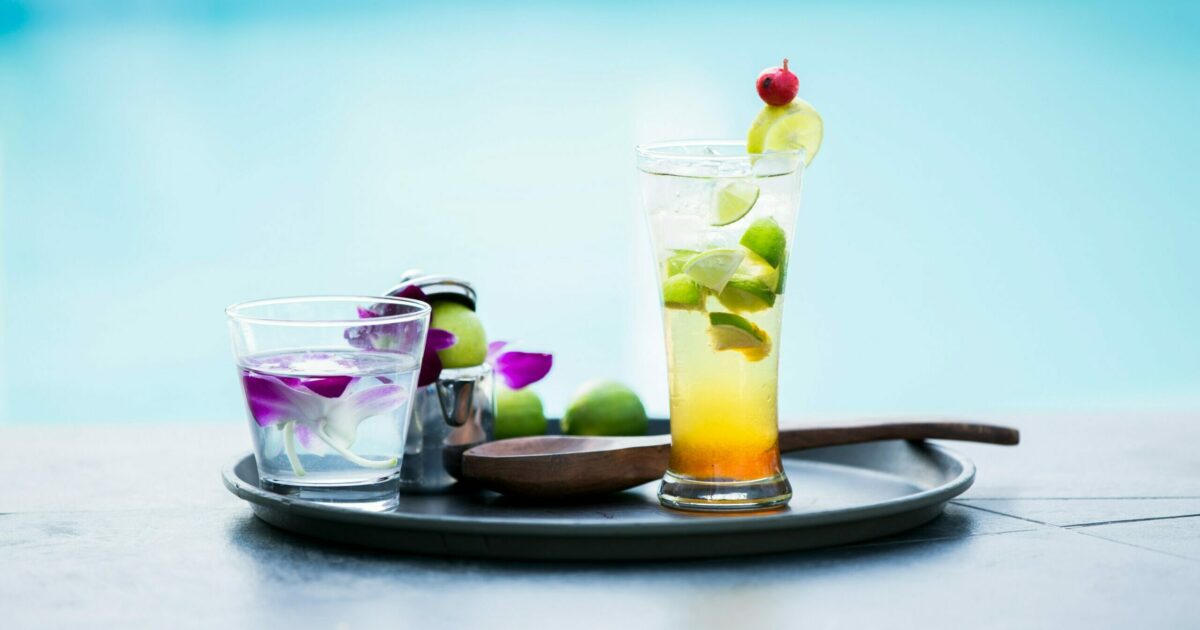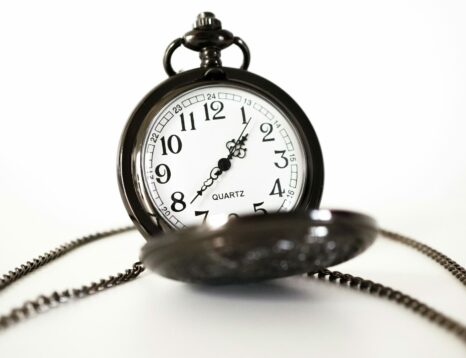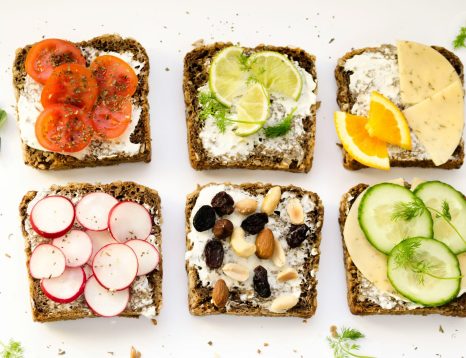
In the summer, when the pace of work and everyday life slows down, going out increases and is usually accompanied by increased alcohol consumption. Alcohol consumption in moderate amounts can have benefits for our health, but when the amount or frequency of consumption goes beyond that, especially during the summer months, it can lead to health problems.
Moderate alcohol consumption, defined as one drink per day for women and up to two for men, can reduce the risk of cardiovascular disease, ischemic stroke, diabetes mellitus, and provide many antioxidants. A serving of one drink is defined as a small can of beer, about 330ml, or a classic wine glass - about 120-140ml or a portion of about 43ml alcoholic beverage with 40% alcohol.
Heavy alcohol consumption is defined as more than 3 drinks per day for women or 4 drinks per day for men. Excessive alcohol consumption can increase the risk of serious health problems such as certain types of cancer, cardiovascular disease, pregnancy problems and liver disease. In addition, in the summer months there is also the risk of dehydration. Furthermore, the combination of alcohol and high temperatures prevents the body from regulating its temperature properly and there is a risk of even heat stroke. Alcohol is a diuretic, and in combination with high temperatures and without parallel hydration, it can lead to a large loss of fluids. For this reason, there should also be parallel hydration through water, although many times we have the feeling that alcoholic beverages quench our thirst or hydrate us. Ideally, for each serving of alcohol there should be a consumption of 1.5 glasses of water, in order to compensate for the retention caused by alcohol.
At the same time, gastrointestinal discomfort may occur, such as a tendency to vomit, gastritis, reflux, as well as a burden on liver function. Irresponsible alcohol consumption can even lead to accidents, either with means of transport or more simply, such as falls due to dizziness. Finally, we should not forget that alcoholic beverages are quite caloric, since 1 g of alcohol yields 7 calories. That is, a portion of a drink, depending on its alcohol content, can contain from 120 to 250 calories. If it also includes syrups, sugar or other sweeteners, fruit juices, soft drinks or other ingredients, its caloric output can rise sharply and affect our body weight. Unfortunately, the calories that come from alcohol are characterized as "empty" because they do not offer us any nutrients, beyond taste pleasure.
But what should you prefer?What if we want to enjoy the summer and our company while holding a drink in our hand? The best choice is drinks with a low alcohol content, such as light beach beers, for which it is true that the lighter a beer is, the lower the alcohol content, or beers containing lemon, sangria and white wines accompanied by ice or carbonated water. We avoid consuming alcohol on an empty stomach, because food helps the alcohol to be absorbed more slowly. Great care is needed for cocktails, which contain a lot of calories due to the mixtures they contain, are consumed quickly and quite pleasantly. Alternatively, we can prefer the mocktail, which are similar to cocktails but do not contain alcohol. Their advantages are that they are healthier, have fewer calories, contain high amounts of water, are rich in nutrients and are also more economical.
In summary, the secret to drinking alcohol during the summer months is moderation. Occasional and small amounts of alcohol, on a full stomach and with plenty of water, will help us enjoy the company, reap its benefits, and reduce the potential for risks from drinking. So enjoy responsibly!

Clinical dietician, MSc., PhDc.
Academic Head of the Dietetics Department of the Metropolitan College of Thessaloniki










